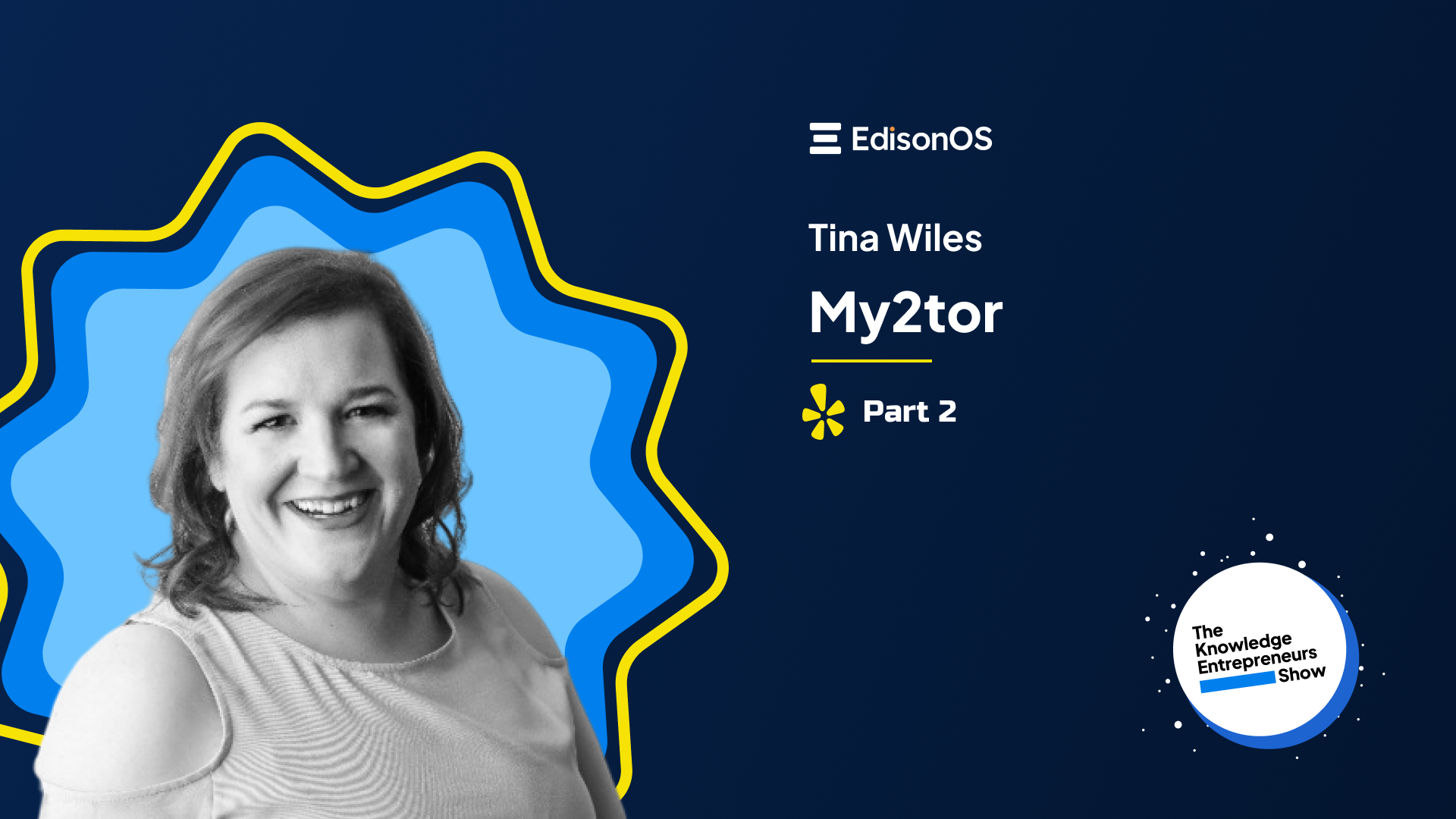Key Topics Covered
- ACT’s transition from paper to digital testing.
- Major format changes: test duration, optional Science section, revised math and English sections.
- Introduction of digital tools (answer eliminating, masking, flagging, line reader, contrast/color adjustments).
- Implementation challenges such as poor rollout organization and limited practice materials.
- Impact on student experience: changes in pacing, loss of natural breaks, interface adaptation.
- Evolution of tutoring strategies for digital test-taking.
Overview and Key Changes
The transcript outlines the ACT's significant move to a digital format, with the first official digital test scheduled for April 2024, although traditional pencil-and-paper remains available. The test will be shorter overall and introduces several important modifications: the Science section becomes optional; the Math section is reduced from 60 to 45 questions with answer choices trimmed from five to four; and the English section now features additional question stems. Additionally, a basic scientific calculator will be embedded within the digital software while still permitting students to use their own devices.
Key Insights:
- The test’s shortened duration and streamlined content aim to modernize testing while offering more time per question.
- Embedding digital tools is intended to enhance test management and navigation, though it marks a fundamental shift from the traditional paper format.
Notable Quote: "The test will be shorter overall, with more time per question, though you'll face fewer questions due to the streamlined format."
Actionable Advice:
- Update study materials and practice tests to reflect the new digital structure.
- Educators and test prep professionals should prioritize familiarizing students with the digital tools offered.
Implementation Challenges and Impact
The transition to a digital ACT is accompanied by several obstacles. Key implementation challenges include poorly organized rollout procedures, limited practice materials, and unclear communication about the changes. These issues may hinder a smooth switch for many students. Additionally, the digital format alters the test’s natural pacing—removing the familiar breaks found in paper testing—which could affect concentration and stamina.
Key Insights:
- Effective communication and thorough preparation are critical for mitigating the challenges posed by the digital transition.
- The absence of natural, paper-based breaks may require new strategies to sustain student focus and performance.
Actionable Advice:
- Authorities should develop comprehensive guides and practice sessions to ease the transition.
- Schools and tutoring centers ought to simulate the digital test environment in advance to acclimate students to the new interface and timing adjustments.
Impact on Student Experience and Tutoring Approaches
From a student perspective, the digital ACT promises both benefits and challenges. Students will have more time per question but face fewer overall questions, necessitating an adaptation to a new interface that may be easier for some while challenging for others. Tutoring approaches, in turn, will need to adjust: while traditional methods like handwritten note-taking remain important, there is now greater emphasis on teaching digital tool usage, digital homework tracking, and specific strategies for digital test-taking.
Key Insights:
- Adapting to a digital interface is crucial as it can either benefit students by improving focus or create new hurdles.
- Tutors must now incorporate digital literacy into their curriculum to prepare students for the modified test format.
Notable Quote: "Tutors will need to explicitly teach digital test-taking strategies to ensure students can navigate the interface effectively."
Actionable Advice:
- Incorporate digital test simulations and tutorials into existing study programs.
- Emphasize best practices for digital note-taking and effective use of on-screen tools.
- Adjust tutoring methods to focus on both retention via handwritten notes and the mastery of digital functionalities such as answer masking and question flagging.
Conclusion
In summary, the ACT’s transition to a digital format represents a decisive move toward modernizing standardized testing. The innovations—ranging from a shorter test with an optional Science section and reduced math items to the integration of digital tools—promise to create a more streamlined test-taking experience. However, these advantages come with implementation challenges, such as organizational shortcomings, limited preparatory resources, and the need for students to adapt to a new test structure.
Overall, ensuring a successful transition will require concerted efforts from testing authorities, educators, and tutoring professionals to update materials, communicate changes clearly, and revise instructional methods. By addressing these challenges head-on, stakeholders can help students navigate the digital test environment effectively and maintain high standards of performance in this evolving educational landscape.













.webp)
